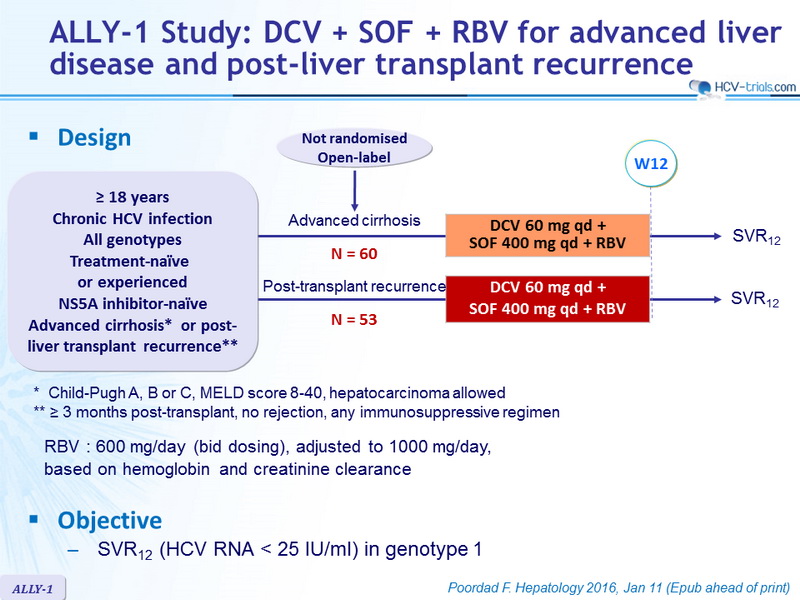
This means eating a healthful diet is crucial for those with this condition. Model for End-Stage Liver Disease (MELD) score 40 or more - 71.3 mortality 30-39 - 52.6 mortality 20-29 -19.6 mortality 10-19 - 6.0 mortality <9 - 1.9. Of people who develop cirrhosis, 20–60% also develop malnutrition, additional complications, longer hospital stays, and a reduced life expectancy.

This is a challenging process, although one of the critical steps is avoiding alcohol of any kind. Healthcare professionals will project the life expectancy of people with cirrhosis using CTP scores in the following chart:Īccording to the VA, although cirrhosis is progressive, some people with the condition can move from decompensated, or symptomatic, back to the asymptomatic stage. Based on these scores, the system assigns people into different classes: With the CTP system, a person’s score increases according to the number and severity of their symptoms. Conversely, when the threshold of MELD was 20 points, the sensitivity and. normal blood clotting time, or international normalized ratio (INR) A MELD score greater than 10 points had a sensitivity of 90 and a specificity of 39.high levels of bilirubin, which could mean the liver is not working properly.normal levels of albumin, a protein made by the liver.an abnormal build-up of fluid in the abdomen, and how it responds to treatment.The Child-Turcotte-Pugh (CTP) system awards points based on whether an individual has: Physicians use diagnostic tests and scoring to determine a person’s stage of cirrhosis, which will help project their life expectancy.

Their life expectancy is greatly reduced than those with compensated cirrhosis, while experts recommend referral for a possible liver transplant in these cases. A person can remain asymptomatic for years, although 5–7% of those with the condition will develop symptoms every year.ĭecompensated cirrhosis: People with decompensated cirrhosis already experience symptoms and complications. If you support a transplant service, have you made any modifications to your INRĬomputations to normalize MELD values? Do you support the concept of a separately validated thromboplastin for MELD computation? What other approaches could be used to normalize the MELD value?There are two stages in cirrhosis: compensated and decompensated.Ĭompensated cirrhosis: People with compensated cirrhosis do not show symptoms, while life expectancy is around 9–12 years. Clinical usefulness of international normalized ratio calibration of prothrombin time in patients with chronic liver disease. Using MELD score cut-points at 20, 30, 38 points, we observed significant survival difference by step-wise survival analysis.

Am J Clin Pathol 2014 141: 542–50, and Lee JH, Kweon OJ, Lee MK, et al. Significance of local international sensitivity index systems for monitoring warfarin and liver function. There is a recommendation to compute liver disease specimen-based thromboplastin ISIs: Lee HJ, Kim JE, Lee HY, et al. ) cilabrators, it may vary by local thromboplastin and coagulometer choices. Values computed from vitamin K antagonist ( VKA , and there is concern that because the INR In our single-center experience, the pre-transplant MELD score does not have a significant impact on 90-day mortality and 1-year survival (80.7). MELD score is used to assess 3-month mortality: <9 = 1.9% 10–19 = 6% 20–29 = 19.6% 30–39 = 52.6% 40 and above = 71.3% mortalityĪs you can see, the MELD score relies heavily on INR Comparison between both groups was done regarding operative time, intra-operative blood requirement, intensive care unit (ICU) and hospital stay, infection, and.
The model for end-stage liver disease (MELD) score attempts to objectively assesses the severity of chronic liver disease and prioritize liver transplants. Nine patients were excluded and 71 patients were divided into two groups Group 1 included 38 patients with a MELD score < 20, and Group 2 included 33 patients with a MELD score > 20.

 0 kommentar(er)
0 kommentar(er)
